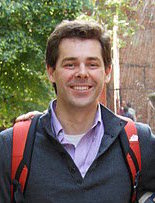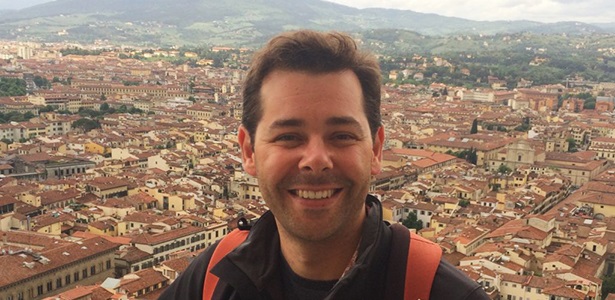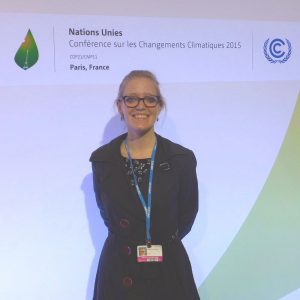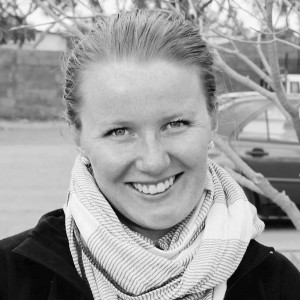
Daniel Hoak, 2015-2016, Italy
Two months ago, physicists around the world were set ‘chirping’ with the announcement that gravitational waves had been detected for the first time. The detection is the culmination of decades of work, and it represents the beginning of a new era in astronomy.
I’ve been a member of the team that made the detection since 2005, when I joined the staff of the Laser Interferometer Gravitational-wave Observatory (LIGO) in Livingston, Louisiana. Later, I went to grad school at the University of Massachusetts, Amherst, where I earned my Ph.D. last fall. My doctoral research focused on data analysis with gravitational wave detectors, and I assisted with upgrades to the LIGO facility in Hanford, Washington that made the detection possible.
For my Fulbright research, I’m helping to upgrade the Virgo detector, an experiment located outside of Pisa, Italy. Using a third detector to listen for gravitational waves will improve the science tremendously: we’ll be able to detect weaker signals, across more of the sky, and work out their position and properties with greater accuracy.





